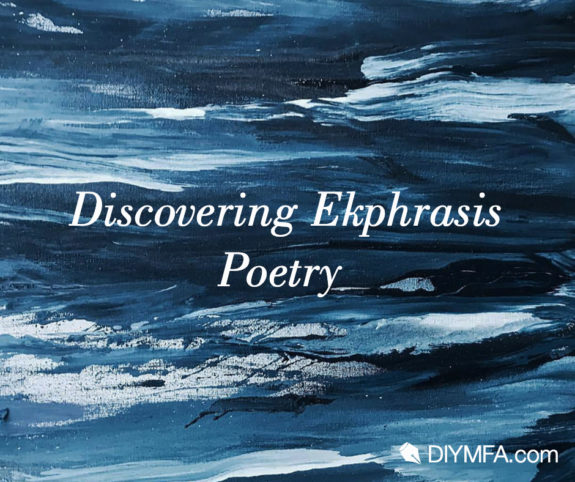Getting Too Personal
So I don’t want to get too personal here but when I noodle around with my poetry—that’s exactly what I do. My first drafts are awkward, embarrassing, dripping with messy feelings. What comes out is the emotional equivalent of the sticky, oozy goo that comes out of the bottom of my car during oil changes. It’s dense, icky, toxic, and runs out so fast there is risk of environmental damage.
On a good day.
On a bad day I’m sitting there trying to figure out what rhymes with dragon other than wagon. The words are stiff, boring, tiny brick walls building a dead end on the white space of my screen.
But when I tap into some emotion I’ve been ignoring or shoving down where it’s supposed to be (why do they never stay in my nice, neat, little compartments!?) and all that gunk just springs out like a jack-in-the-box, BAM! But it’s okay because I didn’t yell at the kids or slam my door too hard—I wrote this beautiful poem about how much I love my kids and how much I need that cup of tea all to myself in the morning before anyone else wakes up.
On a good day, I look at my own words and think…I am messed up six ways to Sunday. And that feels pretty good because, dang, at least I know it now. And knowing is half the battle.
Never more so than last month, when I tried my hand at Ekphrasis poetry for the first time.
Ekphrasis Poetry
I recently stumbled on a type of ancient poetry in a writers conference. How ancient is this poetry you ask? Very. One of the earliest and most commonly cited forms of ekphrasis occurs in The Iliad, when Homer provides a long and discursive account of the elaborate scenes embossed on the shield of Achilles. Click here to totally nerd out on ancient greek poetry. But then come back to me, okay?
For the “just sum it up for me” crowd, Ekphrasis Poetry is a poem inspired by a work of visual art—a painting or an urn or a photo. Literally, it means “description” in Greek. Through narrating or reflecting on the action in the scene, the poet can amplify its meaning or discover new ones.
You guys—this is the most fun thing ever! You have to try it! It’s like a rorschach test for poets.
Having something else to focus on just flies past my critical/analytical mind and gets right to the juicy, messy feelings I’ve got all squirming and not wanting to be brought out to the light.
Not to get too personal again here but, once we see those words, we realize we may have to act on them. Isn’t that always the way? And to act is to change your life and really who wants to deal with all that melodrama?
I guess I do. All creatives do. Because we know that’s where life is really lived. Right at that nexus of unearthing and creating, splicing words around our intuition, letting our hearts lead our reluctant brains along, catching every part of ourselves up with the other. An integrating, a feeling of being whole and complete. Who doesn’t want that? I didn’t mean for this to devolve (or evolve?) into a therapy session but…writing will do that to you. Or, for you. So, you’re welcome!
How to Write Ekphrasis Poetry:
- Let a piece of art choose you
- Traditionally, do some research on the art and the artist. (Nowadays you can check out their Instagram or Twitter account).
- Free write about this piece of art!
- Do you need or want to revise?
- Revise! (or not)
- Let it go! (Submit!) Or burn it after writing. Totally up to you.
If you do want to let it go and submit somewhere, Rattle Magazine has an ekphrasis poetry contest every month. I am not being paid to promote this poetry contest!
As always, thank you for reading this far, and for being the wonderful, daring, lovely and adventurous word nerds I love! And whatever you do, don’t stop writing.
Quote to Ponder: What lies behind you and what lies in front of you, pales in comparison to what lies inside of you. Ralph Waldo Emerson

Angela Yeh hails from Atlantic Canada but lives and works in Texas – after her liberal arts degree she wandered into Corporate America but managed to escape. She is a staunch advocate for writers and literacy/learning with her online writing community at DIYMFA.com. She lives with her husband, two lovely human children, and two cranky fur babies. You can check her out on Twitter and Instagram or on her website.







